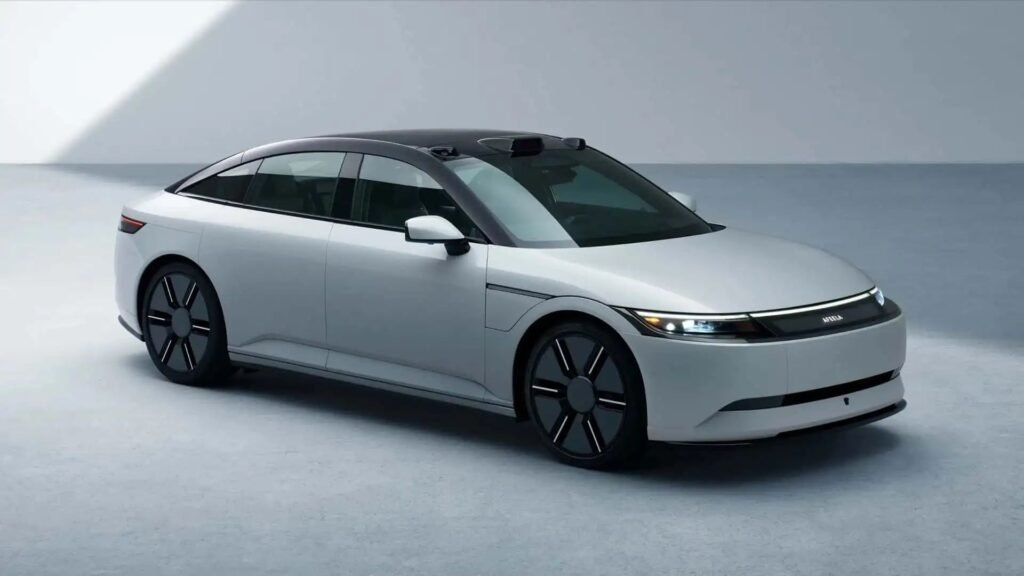
This year at CES 2025, we’ve witnessed a significant shift in the automotive industry as electronics companies make their entrance into automotive design, signaling a new era where EVs are increasingly blurring the lines between vehicles and electronic devices.
Sony Honda Mobility (SHM) showcased their Afeela 1, demonstrating how consumer electronics expertise can translate into automotive innovation. The Afeela 1 isn’t just a car; it’s a tech platform on wheels, emphasizing AI capabilities, advanced driver assistance systems (ADAS), and seamless connectivity.
Samsung, through its subsidiary Harman, is leveraging its technological prowess to redefine the in-vehicle experience. Harman announced collaborations with leading companies across the tech and automotive sectors, focusing on creating intelligent and intuitive user experiences in cars. Their partnership with Cerence AI has led to the launch of “Luna,” an advanced AI system for vehicles, demonstrating the increasing importance of AI in automotive design.
More Electronics, Less Mechanics
The trend of electronics companies entering the automotive space reflects the fundamental shift in vehicle architecture brought about by electrification. EVs are, at their core, more akin to electronic products than the ICE predecessors. This shift is evident in several key areas:
Software-Defined Vehicles (SDVs): The emphasis on software and AI in modern EVs aligns perfectly with the strengths of electronics companies.
User Experience Focus: The in-car experience is becoming increasingly digital, with features like advanced AI assistants providing a high degree of personalization.
Advanced Displays: BMW’s new Panoramic iDrive system, featuring the BMW Panoramic Vision full-width windshield display, exemplifies the trend towards more immersive and informative in-car displays.
Sensor Integration: Companies like Omnivision and Philips are bringing their expertise in sensing technologies to create advanced in-cabin monitoring systems.
The Future of Automotive Design
As we move forward, the fusion of automotive and consumer electronics will only intensify. The automotive industry is seeing a rapid evolution in vehicle architecture, with a greater emphasis on software integration and electronic systems. This shift means adapting to a new paradigm where UX/UI design, software integration, and electronic systems play an increasingly central role in the vehicle development process. The challenge lies in seamlessly blending these high-tech elements with the traditional aspects of automotive design – aesthetics, ergonomics, and performance.
For those of us in the industry, it’s an exhilarating time to be at the forefront of this transformation, shaping the vehicles that will define the next era of mobility.



